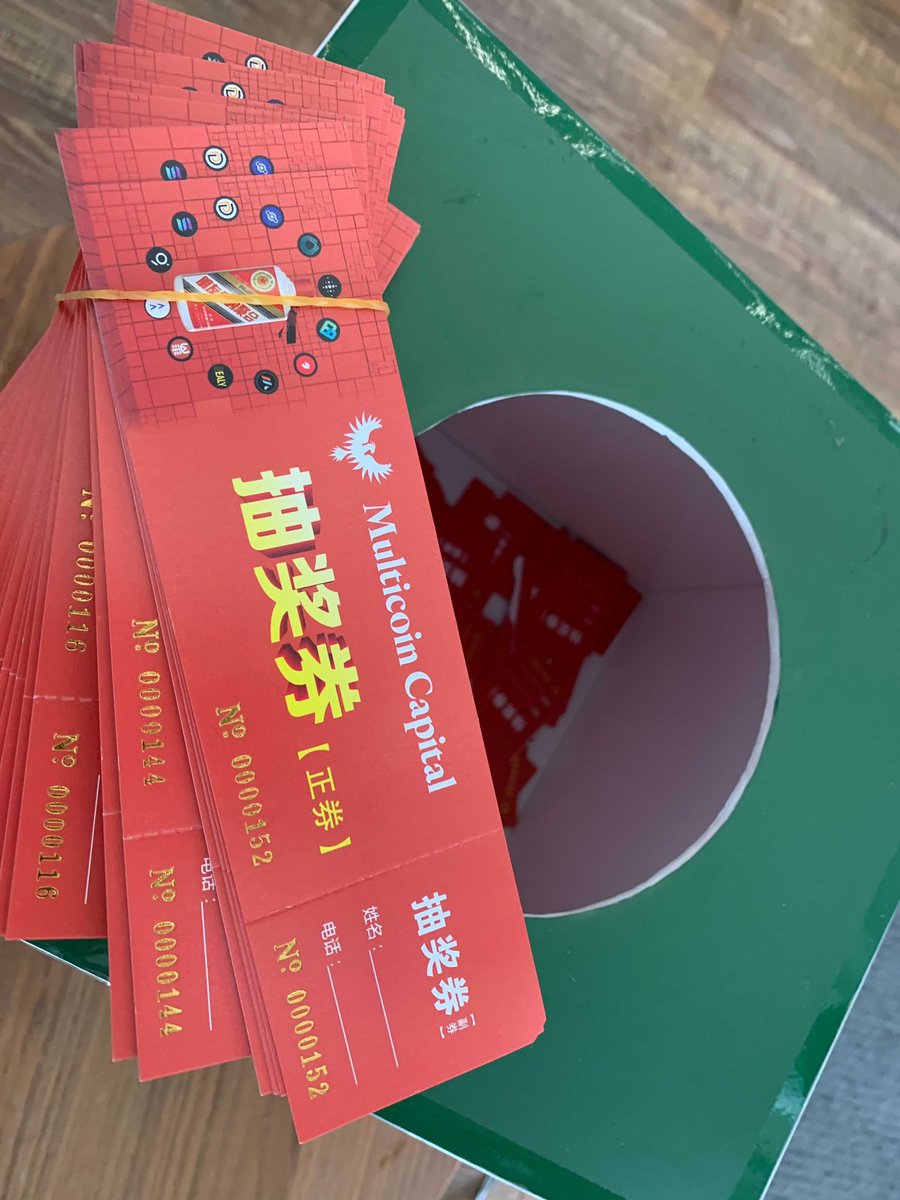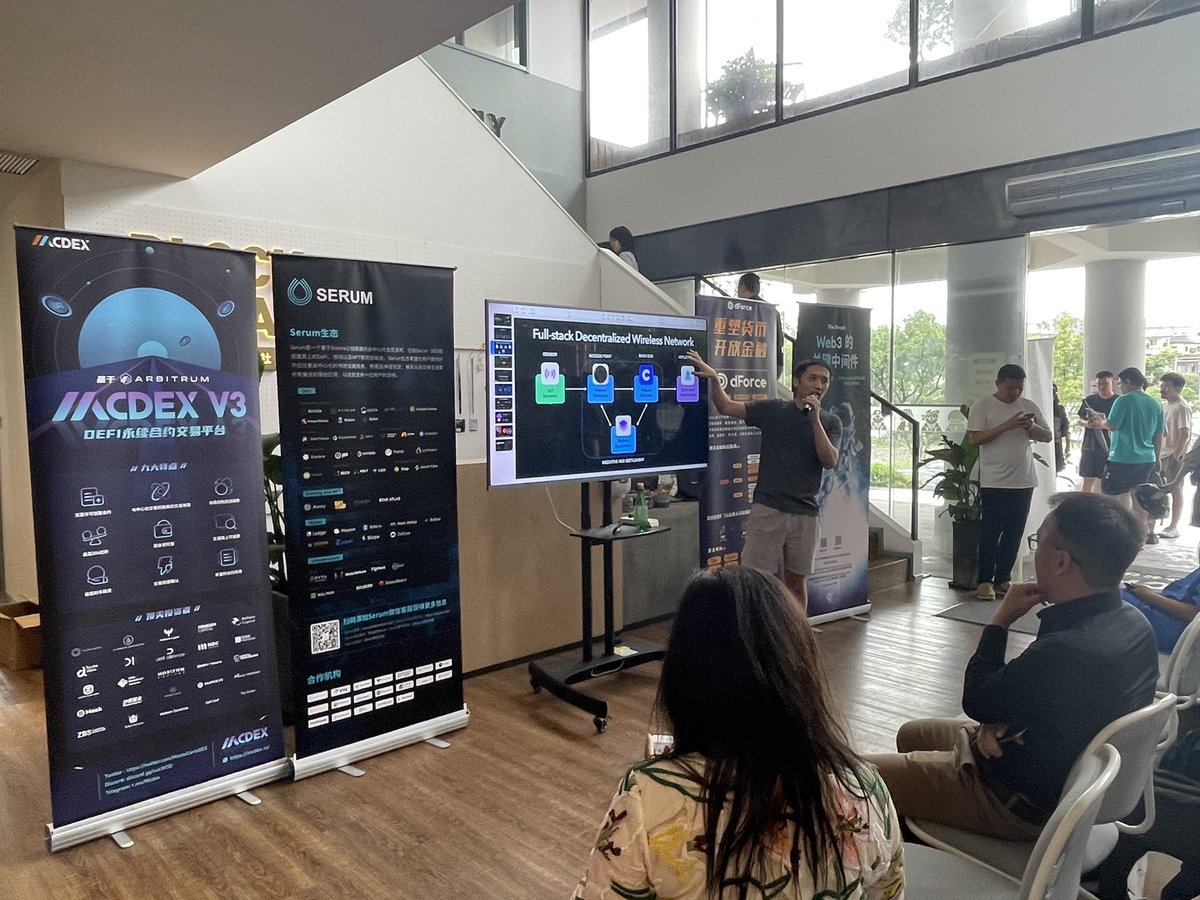
0/ This is a thread about how my thinking about the Web3 labor market evolved 👇:
1/ In 2020 when I saw @nowdaoit, I thought "oh cool maybe in the future people can browse through all these different DAOs and pick&choose what they like to engage with. They'll get their contribution paid in the form of tokens, just like how the devs pick projects on @gitcoin"
2/ But I also had some questions:
How would people be able to find what they want to do if there are 1000 or 10k+ DAOs on the page?
The lead generation will likely be weak if people can't find the projects / initiatives they're interested in within a short period of time
How would people be able to find what they want to do if there are 1000 or 10k+ DAOs on the page?
The lead generation will likely be weak if people can't find the projects / initiatives they're interested in within a short period of time
3/ Similarly, if an initiative / project has a tons of inbound interest, can it accept all of them without filtering? If not, how does it filter with an entry barrier?
Scaling requires "Know Your Members" - understanding the difference of one labor from another
Scaling requires "Know Your Members" - understanding the difference of one labor from another
4/ in March 2021 I met @harryzhanghz. I sensed that @ProjectGalaxyHQ could be a killer, but I had no idea what a "Web3 labor market" really meant
To get it passed, I made up a thesis of "Web3 Linkedin" at the IC. Others were in doubt, but I pushed hard enough so we did it
To get it passed, I made up a thesis of "Web3 Linkedin" at the IC. Others were in doubt, but I pushed hard enough so we did it
5/ At that time @ProjectGalaxyHQ was only an NFT-as-a-service platform but not yet an "on-chain credentialing protocol"; and the P2E model in @AxieInfinity had still not become a global movement like it is today
6/ Projects don't always know how to find the right target community members to engage with, and people don't have a channel to learn about all the quest opportunities out there that could be a good fit for them
6/ Soon in the summer though, @ProjectGalaxyHQ inspired me with its #ShadowySuperCoder campaign.
The dev-facing projects want to onboard developers, so they offered perks in the package to the target smart contract deployers to try out the products.
The dev-facing projects want to onboard developers, so they offered perks in the package to the target smart contract deployers to try out the products.
7/ This sounds like the most straightforward thing in the Web2 world: it's the Google / Facebook Ads. The Galaxy team just read and curated the on-chain data to determine the target audience
But it's the first time the on-chain credentials are used to dispatch tasks!
But it's the first time the on-chain credentials are used to dispatch tasks!
7/ Also in the summer, more P2E games sprung out. Then we saw all kinds of guilds popped up for these games, and people started to join one guild followed by switching to some other guilds, or serving a few guilds at the same time
8/ At this point, guilds are entering into a red ocean, and specialization is almost forced to happen, or some will simply die of lack of differentiation
The supply side of the labor market is going to be stratified. Guilds that focus on some specific tasks may soon outperform
The supply side of the labor market is going to be stratified. Guilds that focus on some specific tasks may soon outperform
9/ The demand side of the market, which is P2E games for now, will also be abstracted into all kinds of "xyz to earn" quests.
In the words on the token maximalist, it's all about using POW to exchange for tokens or shares in the community
In the words on the token maximalist, it's all about using POW to exchange for tokens or shares in the community
10/ It seems clear that the demand for an operating system for guilds is screaming (hence we invested in one)
If guilds are going to have specializations, each category will need different management modules
The tasks can then source the labors from the right category of guilds
If guilds are going to have specializations, each category will need different management modules
The tasks can then source the labors from the right category of guilds
11/ But how do guilds recruit individuals?
At this point I finally understood why 7 months ago I called @ProjectGalaxyHQ an on-chain LinkedIn: an individual could query any credential that he/she likes to show to the guild, and customize that to an on-chain resume.
At this point I finally understood why 7 months ago I called @ProjectGalaxyHQ an on-chain LinkedIn: an individual could query any credential that he/she likes to show to the guild, and customize that to an on-chain resume.
12/ If a guild operating system integrates Galaxy, any quest that one completes in a guild under the operating system's management, could be converted into a badge / credential that's publicly verifiable. These past work experience will help one get new jobs when they apply
13/ What could be more fascinating is that as someone has certain credentials in the past on an address (not necessarily the works with the guilds), he/she could be notified the tasks/quests that are eligible to them based on these past credentials on their guild OS profile page
14/ I also see the potential that as guilds got specialized (which I considered verticalization), some become further horizontalized - that is, become part-time tasks driven.
15/ In addition, not all Web3 tasks are simple and some requires coordination.
@CommunityGaming is such an event coordination layer of the Metaverse. As of today, it allows competition (i.e. tournaments) among guilds. Tomorrow, it could allow more sophisticated co-opetitions
@CommunityGaming is such an event coordination layer of the Metaverse. As of today, it allows competition (i.e. tournaments) among guilds. Tomorrow, it could allow more sophisticated co-opetitions
16/ Last but not least, I found the case studies of @fiverr and @Upwork to be particularly inspiring for structuring the thinking around Web3 labor market
17/ @fiverr tiered the tasks on the platform into more standardized opportunities. The upside of such practice is to organize the fragmented tasks, but the downside is that such practice could only limit to the more simple / less customized part-time jobs
18/ @Upwork is a site where large companies post their contractor job opportunities. It looks more similar to an Amazon / a Taobao site; people need to pay to drop their resumes for the opportunities. There’s no tiered structure as the jobs are more customized / event-based
19/ In the Web3 world, the Fiverr-type of tasks could likely be directly leveraging individual labor forces without going through the guilds, versus the Upwork-type of work may be done at scale more easily with guilds for a continuous period of time
20/ This is the end of this rambling
The Web3 labor market today for me is consisted of the credential layer, the labor supply / demand organizing layer, and cross-organization coordination layer
Surely the Web3 world is still new and evolving, and I'd love to be inspired more
The Web3 labor market today for me is consisted of the credential layer, the labor supply / demand organizing layer, and cross-organization coordination layer
Surely the Web3 world is still new and evolving, and I'd love to be inspired more
• • •
Missing some Tweet in this thread? You can try to
force a refresh










